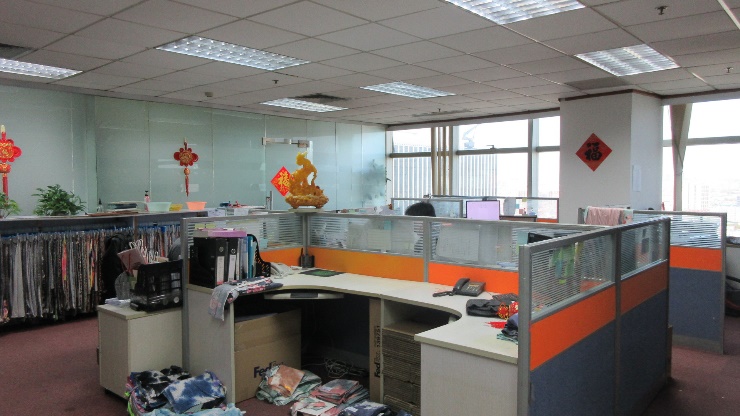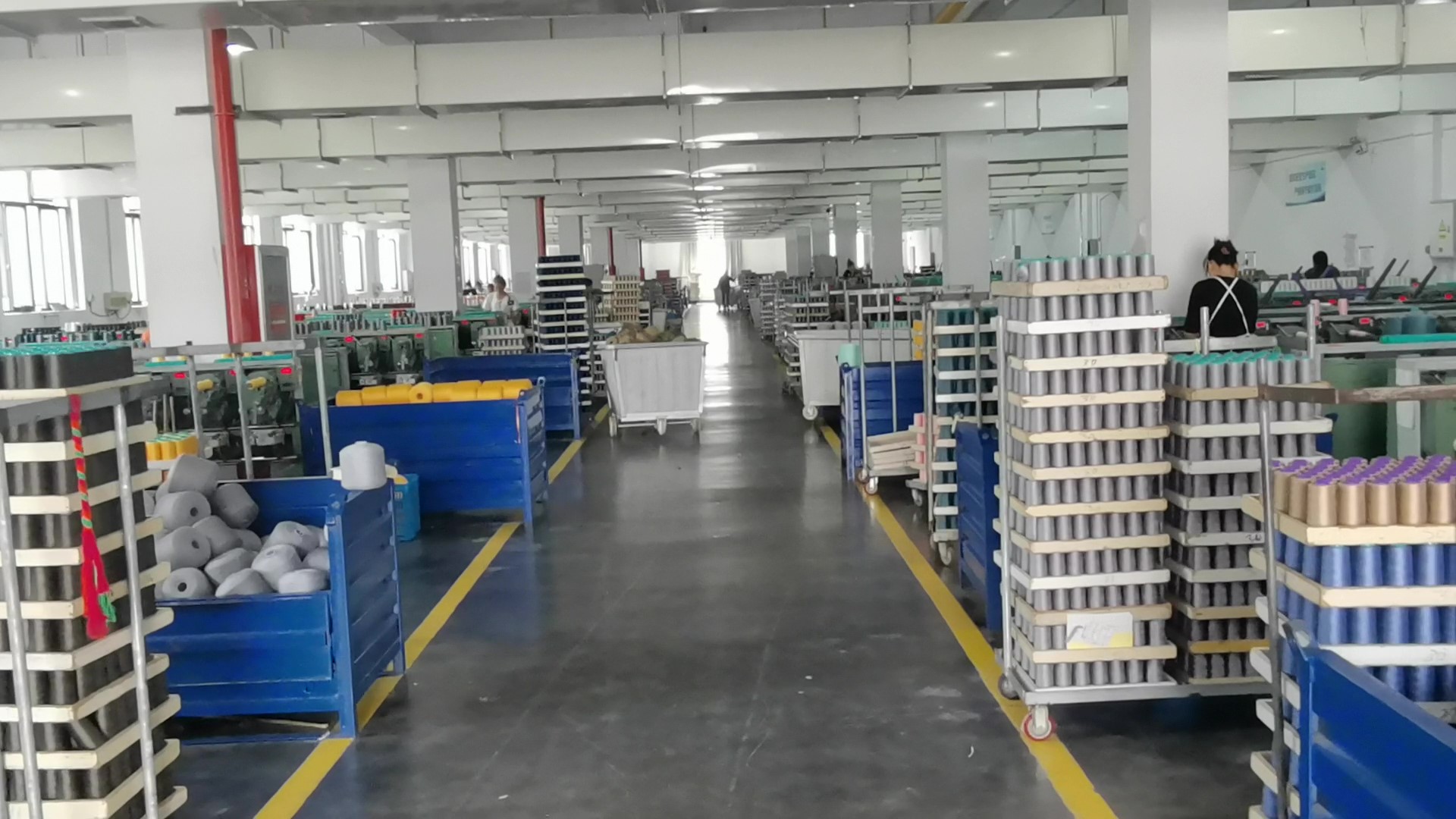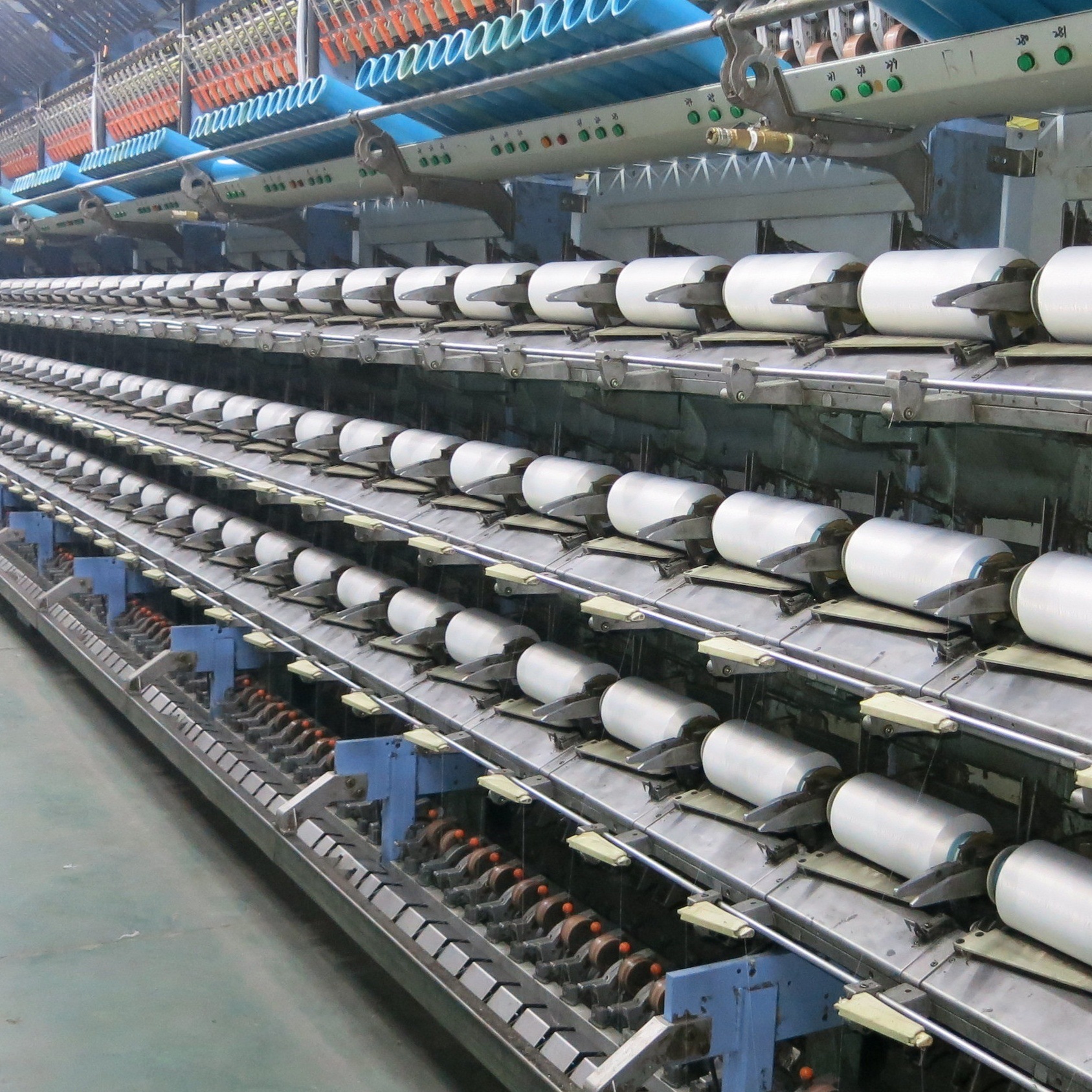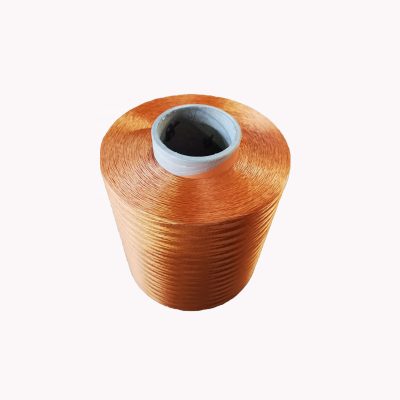
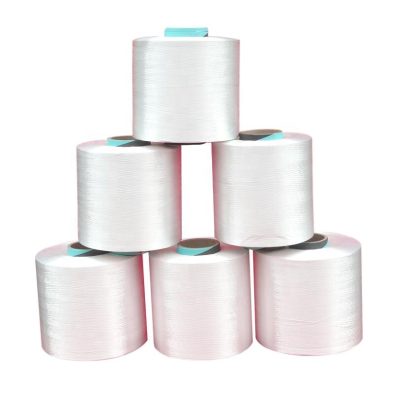
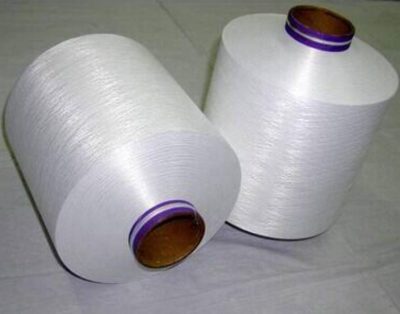
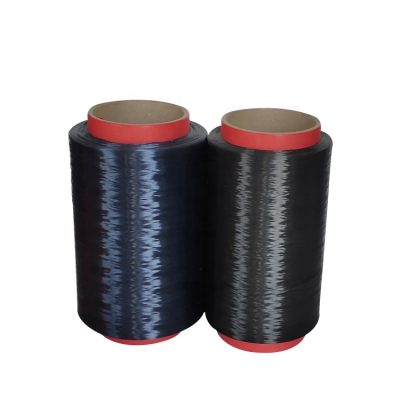
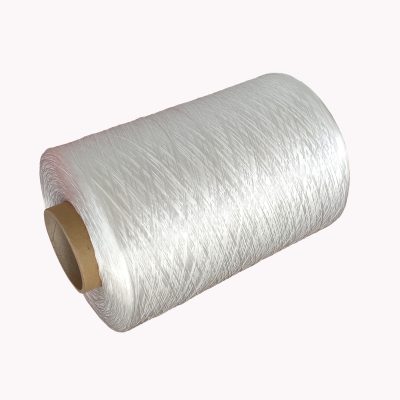
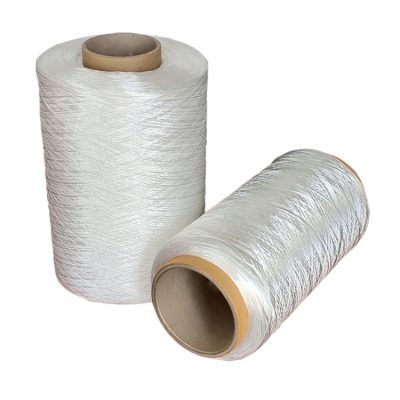
| Item: | Imitation nylon Yarn |
| Material: | polyester |
| Specification: | 75D/2 |
| Thickness | 0.22mm |
| Luster: | Semi-dull |
| Feature: | Eco-Friendly,high elasticity,dissolution resistibility and water absorbability |
| Applications: | Available for socks ,senmless underwear,bathing suits, windbreaker, lining cloth,industrial fabrics ,ribbon and sports clothing. |
| Wight | 1000g |
| Process temperature | 120°C-130°C |
| Colors | Raw white, Black |
| MOQ | 1 box |
| Package | Around 2kg per cone, 6 cones in one box |
Nylon thread: nylonsewing thread. Twisted nylon material yarn, the produced thread has a certain tensile force, strong tensile force, shiny, high temperature resistance, high speed, mainly suitable for leather sewing, such as: shoe industry, bag industry, sofa industry Wait. Nylon thread is the most common leather sewing thread suitable for use. Nylon thread is used to sew various clothing materials and has dual functions of practicality and decoration. The quality of nylon thread not only affects the sewing effect and processing cost, but also affects the appearance quality of the finished product. Therefore, the general concept of the formation of nylon thread, twist, the relationship between twist and strength, the classification of sutures, characteristics and main uses, and the selection of nylon thread are introduced for the purpose of making it convenient for enterprises to formulate standards and conduct related tests. The general concept of nylon thread formation.
Polyamide is mainly used for synthetic fibers. Its most prominent advantage is that its abrasion resistance is higher than all other fibers, 10 times higher than cotton, 20 times higher than wool, and a little polyamide fiber is added to the blended fabric. Greatly improve its wear resistance; when stretched to 3-6%, the elastic recovery rate can reach 100%; it can withstand tens of thousands of times of bending without breaking.
The strength of polyamide fiber is 1-2 times higher than cotton, 4-5 times higher than wool, and 3 times stronger than viscose fiber. However, polyamide fiber has poor heat resistance and light resistance, and poor retention. The clothes made are not as stiff as polyester. In addition, nylon-66 and nylon-6 used for clothing have the disadvantages of poor hygroscopicity and dyeability. For this reason, new varieties of polyamide fibers-nylon-3 and nylon-4 new polyamide fibers have been developed. Light weight, excellent wrinkle resistance, good air permeability, good durability, dyeability and heat setting characteristics, so it is considered to be very promising.
